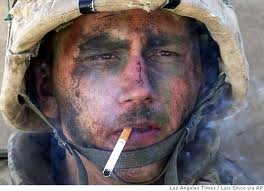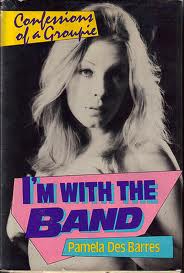 Most people view urban crime from the safety of the own living rooms. However, criminologist David Kennedy grabs the problem by the scruff of the neck and has created a template, if deployed correctly, might end the cycle of violence that has become commonplace for so many lawless urban neighborhoods.
Most people view urban crime from the safety of the own living rooms. However, criminologist David Kennedy grabs the problem by the scruff of the neck and has created a template, if deployed correctly, might end the cycle of violence that has become commonplace for so many lawless urban neighborhoods.
David Kennedy joined us in Manhattan after a wonderful luncheon late last year in San Francisco. We hope to have him join us in Los Angeles as well as Boston near term.
The Luncheon Society has looked at crime (its sources and its impact) though a number of authors. Our friend and sociologist Peter Moskos published a book detailing his field world as a police officer in Baltimore’s roughest neighborhoods, which was seen in HBO’s The Wire titled, “Cop in the Hood.” This year he published a sly polemic titled, “In Praise of the Lash” which takes another look at how we punish offenders. Time magazine’ Ioan Grillo joined us in San Francisco and Manhattan for a stark conversation about the growth of “El Narco,” the drug-fueled insurgency that is slowly strangling Mexico’s national sovereignty.
 In Kennedy’s book , Don’t Shoot: One Man, A Street Fellowship, and the End to Violence in Inner-City America, he pens an impassioned memoir of how his approach had improved the worst of neighborhoods plagued by drug violence.
In Kennedy’s book , Don’t Shoot: One Man, A Street Fellowship, and the End to Violence in Inner-City America, he pens an impassioned memoir of how his approach had improved the worst of neighborhoods plagued by drug violence.
Crime is down—but where is it up? When you look at FBI statistics, crime rates—including violent crime—continue to decrease incrementally. However, this is not the case in some of the roughest urban communities, where an African-American male has a 1:200 chance to getting killed by gunfire. It has devolved to the point where some first responders may think twice before entering into some of the neighborhoods. Traditional law enforcement of governmental assistance has failed to stem the tide and as a result, these neighborhoods are essentially written off by municipal leaders. As a result, the festering cancer of criminal behavior becomes multigenerational in scope with no jobs, no future, and no hope.
What David Kennedy has done—even though he is an academic as director of the Center for Crime Prevention and Control at CUNY’s John Jay College of Criminal Justice—is to immerse himself into the worst of the neighborhoods and figure out answers to build solutions. Continue reading












































